
Light Needs

Mature Height

Mature Spread

Growing Zones
Tulip Tree is a shade tree that makes for a fantastic element in a large garden. The size of Liriodendron tulipifera is an impressive 90 feet tall with up to a 50-foot canopy when grown in its native habitat of Eastern North America. The stunning yellow-and-orange-colored flowers resemble tulips and appear from May to June. Blooming is better in climates with long, hot summers, like Indiana or Tennessee, where this tree is classified as the state tree.
Mature Tulip Trees make excellent habitat for local wildlife. The nectar of the flowers attracts beneficial pollinators in droves. The fruits and winged seeds provide nutrition for birds and other small animals. The canopy provides shelter and camouflage. Tulip Tree grows quickly, putting on 24 inches of growth a year. In the past, the long straight trunks of this tree were used exclusively for railroad ties and fence posts. The tall trunk and long branches are stately but also prone to breakage during winter storms.
Tulip Tree Care
Tulip Trees can be grown in many different soil types. Choose a full-sun location that’s at least 30 feet away from building foundations and streets. Tulip Tree is not appropriate for small yards or areas with overhead power lines or building eaves. The wide-spreading fibrous roots naturally grow close to the soil surface and do not tolerate competition for moisture from other plants, although they are immune to the effects of Juglone from Black Walnut trees in the soil. Tulip Trees can tolerate wet soil year-round and clay soils with ease. Fertilizing is only needed for the first few years. Use a balanced, granular fertilizer early in the spring. Stake the trunk loosely for the first year.
Pruning is an essential maintenance task for Tulip Tree. Branches can break in storms and pose a hazard to buildings and plants below. Damaged limbs must be removed in late winter while the tree is still dormant. Regular thinning of the canopy should also be done during dormancy every 3-4 years to prevent large amounts of water sprouts from forming. Heading cuts can be made on the canopy to keep the overall height short, but this will need to be done regularly to keep the tree to size.
Tulip Tree Spacing
Tulip Trees grow best on their own as specimens in the landscape. The roots are very shallow and do not tolerate competition from other plants.
Tulip Tree Information
| USDA Hardiness Zones: 4 - 9 |
| Plant Type: Tree |
| Light Exposure: Full Sun (At Least 6 Hours Of Direct Sunlight) |
| Mature Height: 60 - 90 Feet |
| Mature Spread: 30 - 50 Feet |
| Spacing: 30 - 50 Feet |
| Habit: Upright |
| Flower Color(s): Orange, Yellow |
| Flower Description: Yellow-Orange |
| Bloom Period: |
| Foliage Type: Deciduous |
| Foliage Color(s): Green |
| Foliage Description: Bronze |
| Seasonal Interest: Spring Flowering, Summer Flowering, Fall Flowering |
| Watering: Average |
| Resists: Disease, Pests & Insects |
| Tolerates: N/A |
| Attracts: Bees |
| Container Role: |
| Uses: Erosion Control, Specimen or Focal Point, Wildlife Gardens |
| Features: Attracts Pollinators, Low Maintenance, Native to North America |
| Brand: American Beauties Native Plants |
| Common Name: Tulip Tree |
| Other Name(s): Tulip Tree |
| Scientific Name: Liriodendron tulipifera |
Please Note: The pictures below are to give a general representation of the different container sizes. The actual size/ages of plants are estimates and will vary based on type of plant, time of year, last pruning & many other factors.
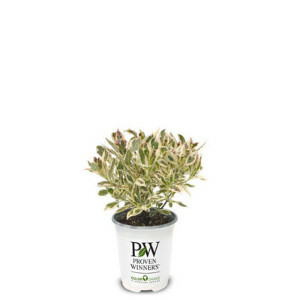
Also Known As:
Quart
Plant Age:
~ 6 months - 1 year
Plant Size:
~ 4"-8"
Pot Size:
~ 4.75"H x 4.5"W
Volume:
1.50 quarts
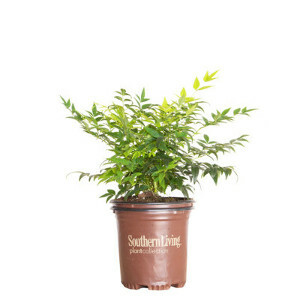
Also Known As:
2.5 Quart Pot
Plant Age:
~ 1 - 2 years old
Plant Size:
~ 8"-12"
Pot Size:
~ 6.5"H x 6.5"W
Volume:
2.20-2.30 quarts
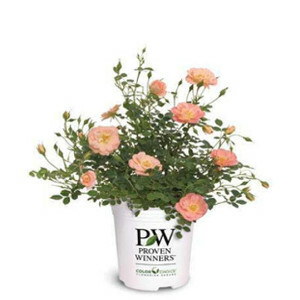
Also Known As:
#1 Container
1 Gallon
Plant Age:
~ 1 - 2 years old
Plant Size:
~ 10"-14"
Pot Size:
~ 7"H x 7.75"W
Volume:
2.26-3.73 quarts
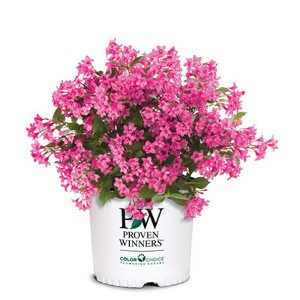
Also Known As:
#2 Container
2 Gallon
Plant Age:
~ 1.5 - 3 years old
Plant Size:
~ 12"-18"
Pot Size:
~ 9.5"H x 9.5"W
Volume:
1.19-1.76 gallons
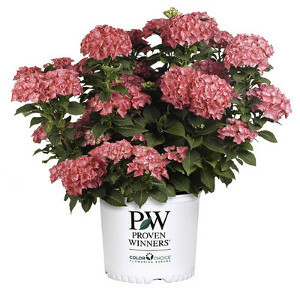
Also Known As:
#3 Container
3 Gallon
Plant Age:
~ 2 - 4 years old
Plant Size:
~ 12"-30"
Pot Size:
~9.5"H x 11"W
Volume:
2.32-2.76 gallons

Also Known As:
#5 Container
5 Gallon
Plant Age:
~3-4 years old
Plant Size:
~ 20" - 60"
Pot Size:
~11" H x 10 1/2” W
Volume:
3.5 - 4 gallons

We stand behind our plants with industry-leading guarantees to give you peace of mind.
We want your plants to arrive in great condition! If you notice any issues upon delivery, contact us within 3 days.
Starting January 1, 2026 all bushes, perennials & trees purchased come with an extended 1-year warranty for added confidence. If your plant dies due to a health issue within a year, we’ll make it right.

Pre-ordered plants are scheduled to ship in Spring 2026. We carefully plan our shipping dates based on your USDA Plant Hardiness Zone to ensure optimal planting conditions upon arrival. Want it sooner/later? Reach out, and we'll try our best to accommodate.
Estimated ship week for pre-ordered plants will ship based on growing zones as shown below.
| Growing Zone | Estimated Ship Week |
|---|---|
| Zone 10 | March 30th |
| Zone 9 | March 30th |
| Zone 8 | April 6th |
| Zone 7 | April 13th |
| Zone 6b | April 20st |
| Zone 6a | April 27th |
| Zone 5b | May 4th |
| Zone 5a | May 11th |
| Zone 4 | May 18th |
| Zone 3 | May 25th |
Note: These are only estimated ship dates. Plants may ship out later depending on weather & growing conditions of the plant.
Note: Only plants indicated as pre-order will ship as shown above. All other plants and hard goods will ship as normal.
Plants that are currently in stock typically ship within 2-7 business days after your order is placed.
Plant Addicts ships to the lower 48 states within the U.S. Unfortunately, we do not currently ship to Alaska, Hawaii, or internationally.
This plant cannot be shipped to the following states: AK, HI. These restrictions apply only to this specific plant due to agricultural regulations or other limitations. Other plants may still be available for shipping to these states.
If you have any questions about shipping restrictions, feel free to reach out to our team!

